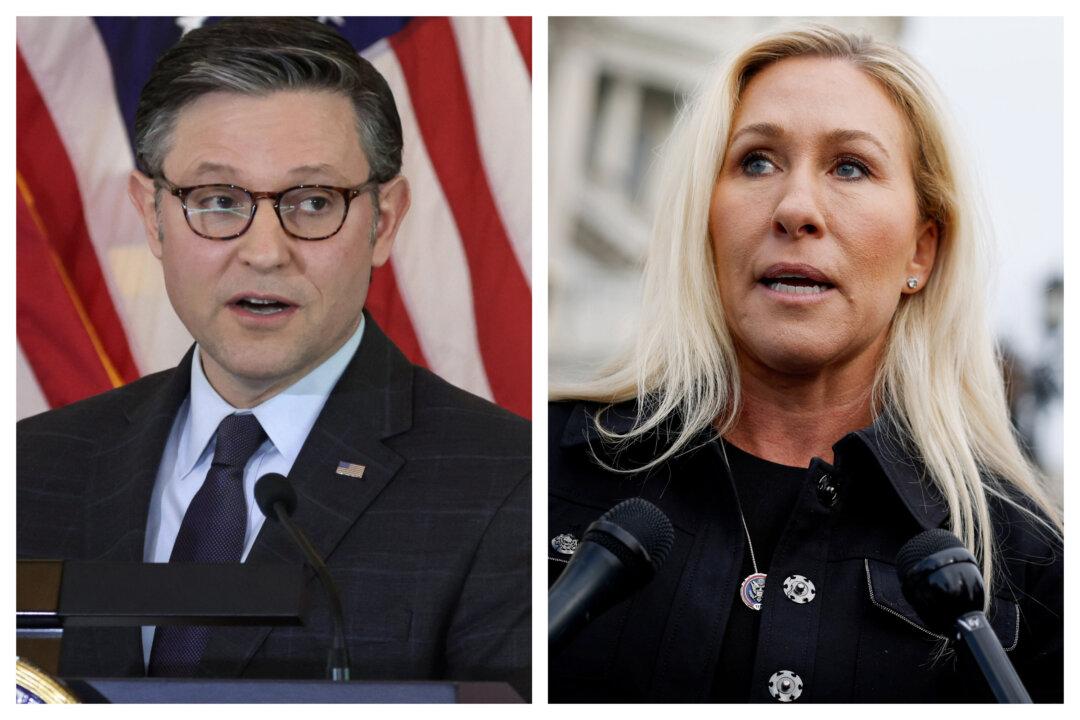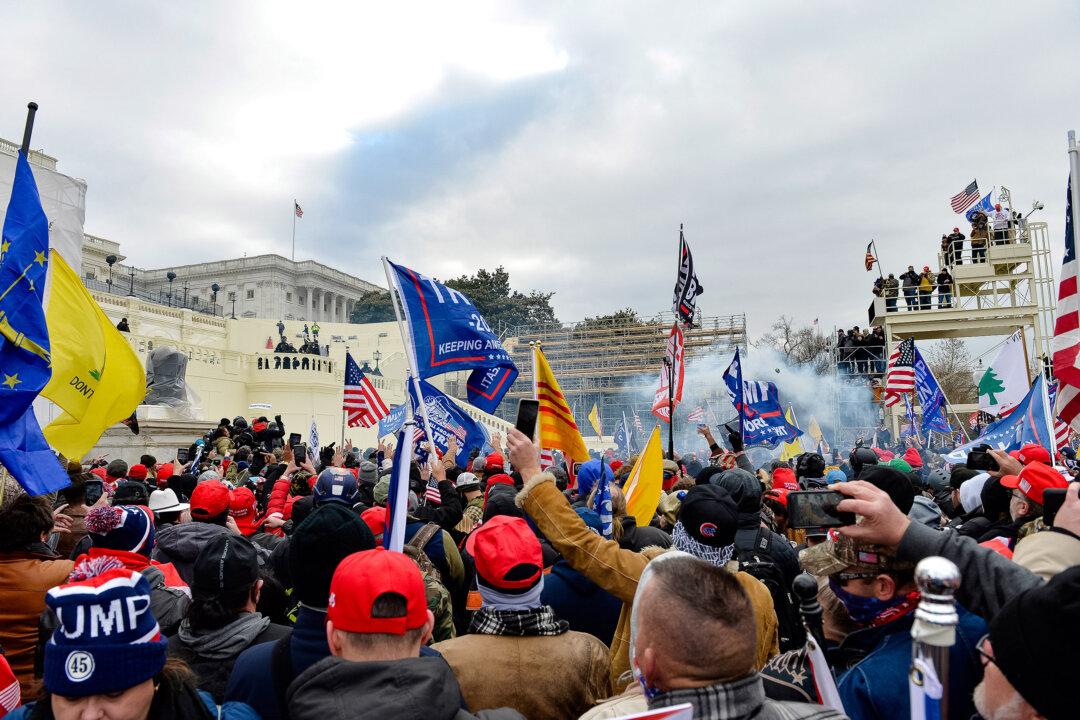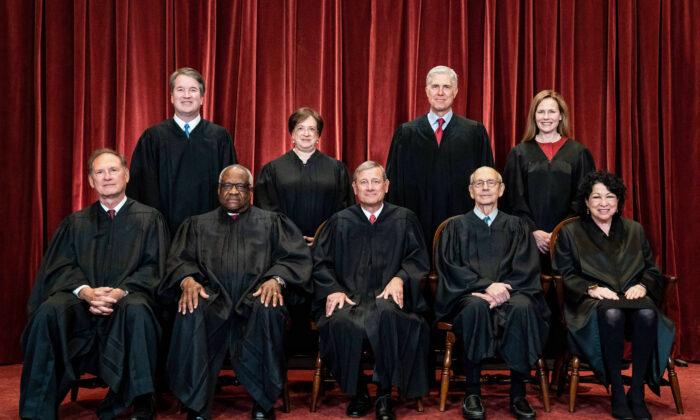Friday, Nov. 25, 2011
THEN
On Nov. 25, 1867, Alfred Nobel receives a patent for his invention of dynamite. While in Paris, Nobel worked with the inventor of nitroglycerine, Ascanio Sobrero. Nobel recognizes the potential to use the substance in blasting for construction of railroads and bridges, but knows he must make it more stable and safer first. In 1866, Nobel discovers that by mixing the nitrogylcerine with kieselguhr, a naturally occurring sedimentary rock, he can stabilize his substance and mold it into cylinders. The cylinders can then be inserted into holes drilled into rock for blasting. In 1895 Nobel signs his last will, dedicating his wealth to the creation of prizes in physics, chemistry, medicine, literature, peace, and economics.
NOW
The Nobel Prize has been awarded every year since 1901 and today is one of the most prestigious awards in the world. Laureates receive a medal, a diploma, and a cash prize. Nobel donated his estate to a fund managed by the Nobel Foundation and the cash prize is taken from the interest of that fund. All nominees for the award must be living. Some well-known recipients of the Nobel Prize include Marie Curie, Theodore Roosevelt, Albert Einstein, Martin Luther King Jr., Nelson Mandela, Mother Theresa, and Aung San Suu Kyi. The 2011 Nobel laureates will gather in Stockholm and Oslo in early December for Nobel Week, a week where laureates give lectures, and attend banquets and award ceremonies.



